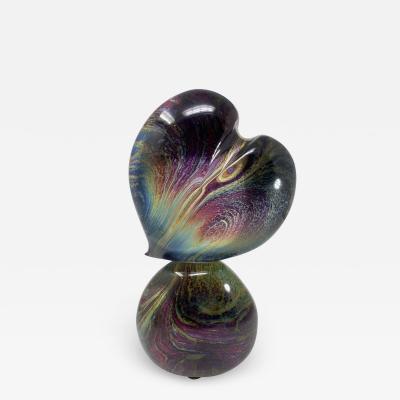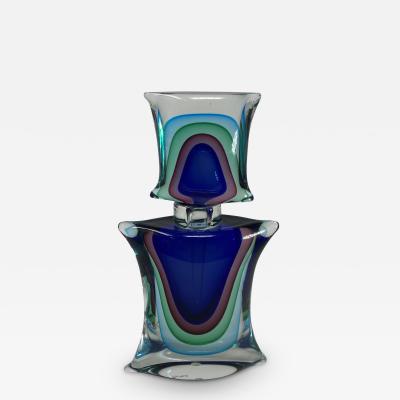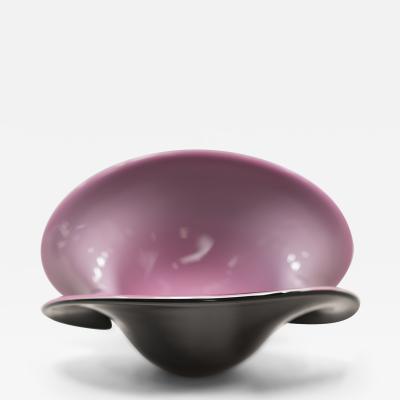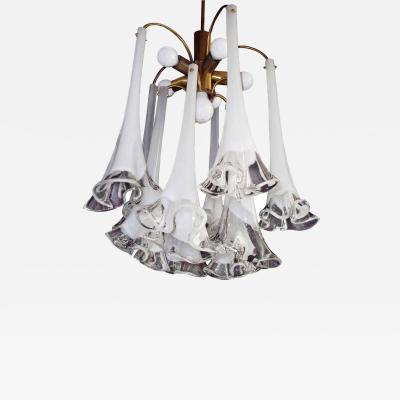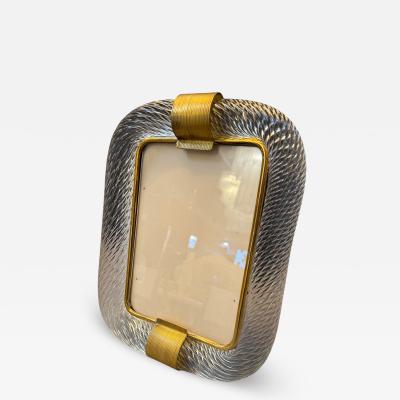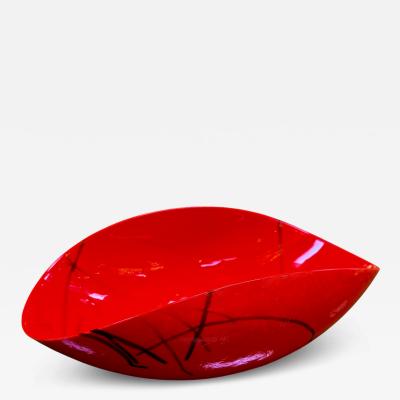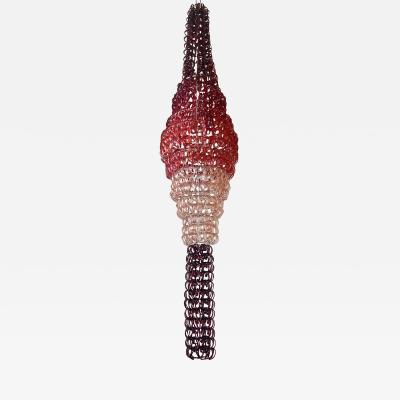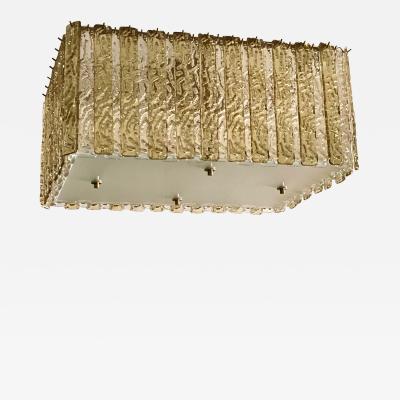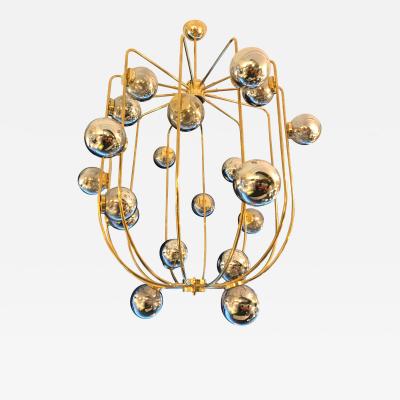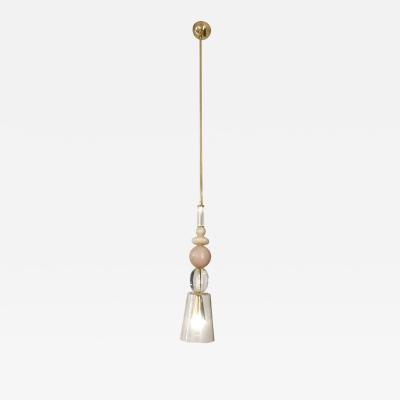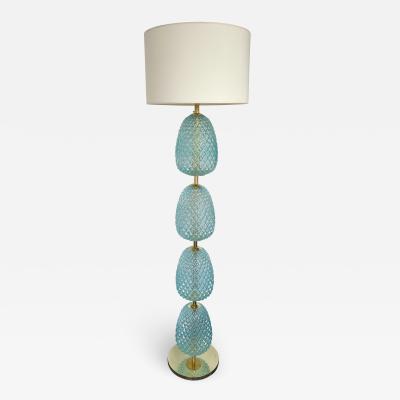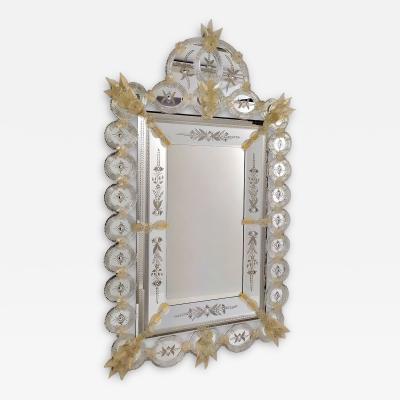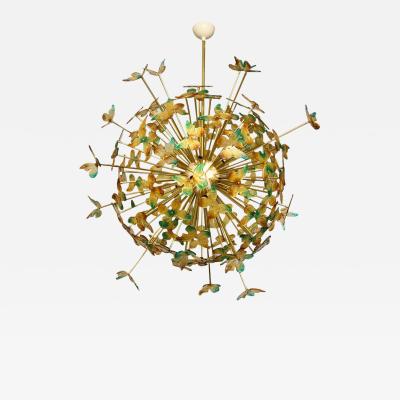Murano Glass
Italian
Murano glass is a type of glassware that originated in the island of Murano, located in the Venetian lagoon in Italy. The history of Murano glass can be traced back to the 13th century, when glassmakers from Venice were forced to move their workshops to Murano due to the risk of fire in the city. Over time, Murano glass developed into a highly refined and sought-after art form, with many famous creators contributing to its legacy.
One of the most important creators in the history of Murano glass was Angelo Barovier, who lived in the 15th century. Barovier was a member of one of the most prominent glassmaking families on Murano and is credited with inventing several glassmaking techniques, including cristallo, which is a type of clear glass that was highly prized by the wealthy. Barovier's work was known for its refinement and elegance, and he is considered one of the pioneers of the Murano glass tradition.
Another important figure in the history of Murano glass was Lino Tagliapietra, who was born in Murano in 1934. Tagliapietra began working in a glass factory at the age of 12 and quickly developed a reputation as a talented glassmaker. In the 1970s, he began working with American glass artists and helped to popularize the use of glass as a medium for contemporary art. Tagliapietra's work is known for its intricate patterns and use of color, and he is widely regarded as one of the greatest glass artists of the 20th century.
In addition to individual creators, there were also several prominent glassmaking companies on Murano that helped to shape the history of Murano glass. One of the most important was Venini, which was founded in 1921 by Paolo Venini. Venini was known for its innovative designs and use of color, and it helped to establish Murano as a center of modern glassmaking. Another important company was Barovier & Toso, which was founded in the 19th century and is still in operation today. Barovier & Toso is known for its traditional glassmaking techniques and its use of high-quality materials.
Despite its rich history, Murano glass has faced several challenges over the years. In the 20th century, the traditional glassmaking techniques used on Murano began to fall out of favor as cheaper, mass-produced glassware became more popular. In addition, Murano glass has faced competition from other countries, including China and the Czech Republic, which have developed their own glassmaking traditions.
Despite these challenges, Murano glass has remained an important part of the Venetian cultural heritage. Today, there are still many glassmaking workshops on Murano, and the island is a popular destination for tourists who want to learn more about the art of Murano glass. In recent years, there has also been a renewed interest in Murano glass among collectors, as more people recognize the value and beauty of this unique art form.
The history of Murano glass is a rich and fascinating one, filled with many talented creators and innovative techniques. From the early days of Angelo Barovier to the contemporary work of Lino Tagliapietra, Murano glass has long been recognized as a symbol of Italian craftsmanship and beauty. While it has faced its share of challenges over the years, the tradition of Murano glass is still alive
One of the most important creators in the history of Murano glass was Angelo Barovier, who lived in the 15th century. Barovier was a member of one of the most prominent glassmaking families on Murano and is credited with inventing several glassmaking techniques, including cristallo, which is a type of clear glass that was highly prized by the wealthy. Barovier's work was known for its refinement and elegance, and he is considered one of the pioneers of the Murano glass tradition.
Another important figure in the history of Murano glass was Lino Tagliapietra, who was born in Murano in 1934. Tagliapietra began working in a glass factory at the age of 12 and quickly developed a reputation as a talented glassmaker. In the 1970s, he began working with American glass artists and helped to popularize the use of glass as a medium for contemporary art. Tagliapietra's work is known for its intricate patterns and use of color, and he is widely regarded as one of the greatest glass artists of the 20th century.
In addition to individual creators, there were also several prominent glassmaking companies on Murano that helped to shape the history of Murano glass. One of the most important was Venini, which was founded in 1921 by Paolo Venini. Venini was known for its innovative designs and use of color, and it helped to establish Murano as a center of modern glassmaking. Another important company was Barovier & Toso, which was founded in the 19th century and is still in operation today. Barovier & Toso is known for its traditional glassmaking techniques and its use of high-quality materials.
Despite its rich history, Murano glass has faced several challenges over the years. In the 20th century, the traditional glassmaking techniques used on Murano began to fall out of favor as cheaper, mass-produced glassware became more popular. In addition, Murano glass has faced competition from other countries, including China and the Czech Republic, which have developed their own glassmaking traditions.
Despite these challenges, Murano glass has remained an important part of the Venetian cultural heritage. Today, there are still many glassmaking workshops on Murano, and the island is a popular destination for tourists who want to learn more about the art of Murano glass. In recent years, there has also been a renewed interest in Murano glass among collectors, as more people recognize the value and beauty of this unique art form.
The history of Murano glass is a rich and fascinating one, filled with many talented creators and innovative techniques. From the early days of Angelo Barovier to the contemporary work of Lino Tagliapietra, Murano glass has long been recognized as a symbol of Italian craftsmanship and beauty. While it has faced its share of challenges over the years, the tradition of Murano glass is still alive
Murano Glass
Clear Murano Glass and Brass Picture Frame
H 12 in W 9 in D 8 in
$ 2,300
Access Trade Price
Murano Glass
Vistosi "Giogali" Cascade Chandelier in Gradient Red Glass by Angelo Mangiarotti
H 141.73 in DIA 27.56 in
$ 24,000
Access Trade Price
Murano Glass
Contemporary Art Deco Italian Gold Amber Crystal Murano Glass Flush Chandelier
H 13 in W 31 in D 23 in
$ 9,975
Murano Glass
Pair of Murano Glass Wall Sconces, Art Deco Style, in Stock
H 17 in W 10 in D 6 in
$ 2,800
Access Trade Price
Murano Glass
Large Rectangular Murano Sea Green Glass Framed Mirror
H 62 in W 31 in D 1 in
$ 7,200
Access Trade Price
Murano Glass
Contemporary Brass Pineapple Murano Glass Floor Lamp. Italy
H 71.65 in W 19.69 in D 19.69 in
$ 5,500
Murano Glass
Murano Glass Butterfly Sputnik Chandelier
H 64 in W 56 in D 56 in
$ 18,000
Access Trade Price
